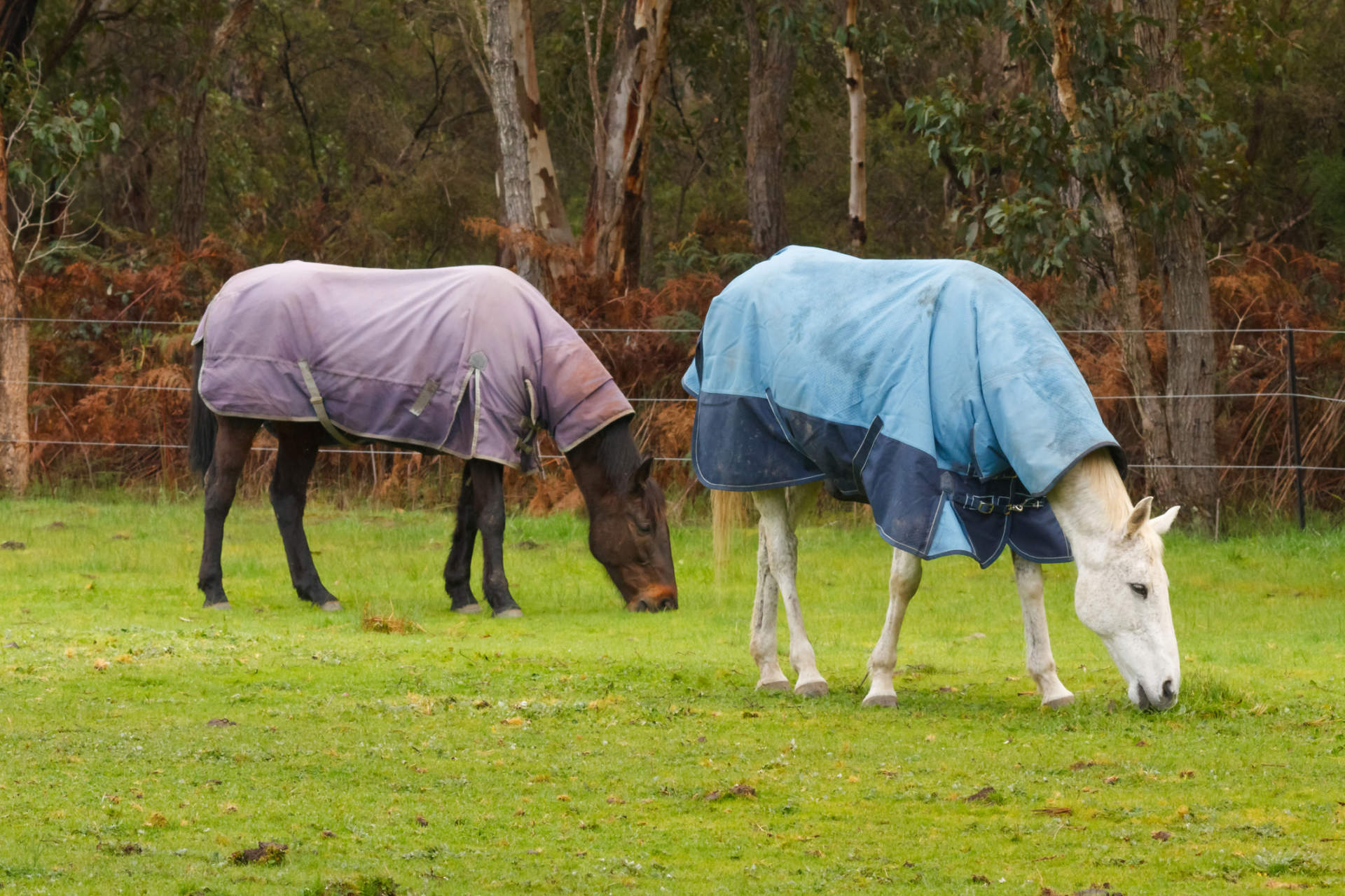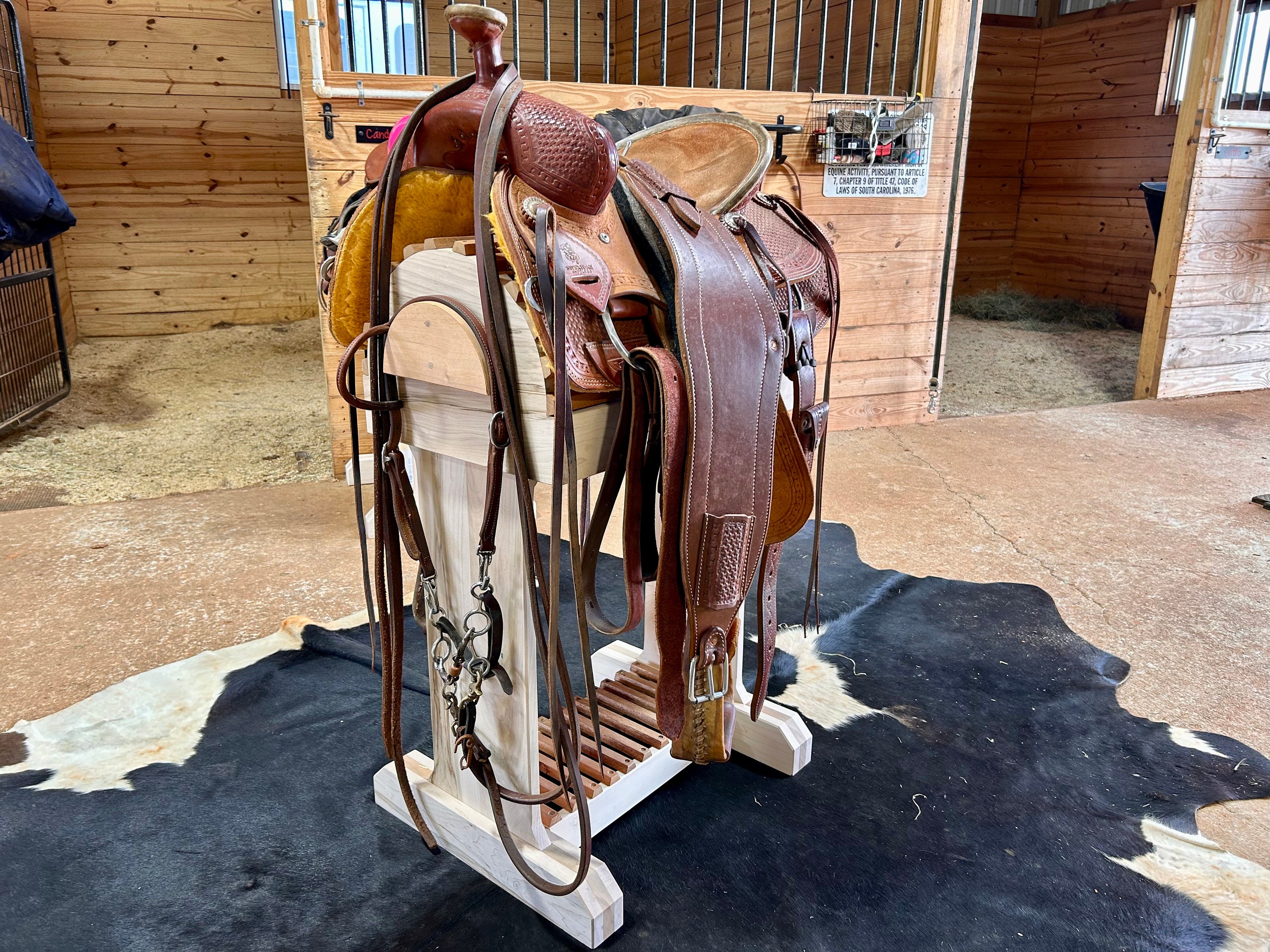What are reins on a horse? If you’ve ever been curious about horse riding or are just beginning your journey as an equestrian enthusiast, you’ve likely encountered this question. Reins are a tremendous component of horse tack equipment, providing a vital means of communication between rider and horse.

The Basics: What Are Reins on a Horse?
Reins are long, narrow straps attached to the bit on a horse’s bridle. They extend to the rider’s hands and allow control over the direction and speed of the horse. Whether you’re a seasoned rider or a beginner, understanding the role of reins in equestrian activities is crucial.

Types of Reins and Their Uses
Split Reins
Split reins are commonly used in Western riding. They are not connected, allowing the rider to use one rein independently of the other. This feature is particularly useful when performing specific maneuvers.
Laced Reins
Laced reins are often used in English riding disciplines. Featuring laced leather for improved grip, they provide extra control and precision for the rider.
Closed Reins
Closed reins, also known as loop reins, are connected at the ends forming a complete loop. These reins are common in disciplines like polo and sometimes in children’s riding lessons due to their added safety.

The Importance of Proper Rein Use
Understanding the proper use of reins is crucial for effective communication and ensuring the safety of both rider and horse. Incorrect use can lead to miscommunication and, in worst-case scenarios, accidents.

How to Hold Your Reins Correctly
Holding your reins correctly is essential for maintaining control. Always ensure that the reins are neither too tight nor too loose, as both can create confusion for your horse.
Materials Used in Reins
Leather Reins
Leather is a traditional material known for its durability and classic appearance. Many seasoned riders prefer leather reins because of their timeless style and reliability.
Rubber Reins
Rubber reins offer a better grip, particularly in wet or slippery conditions. These reins are often used in disciplines requiring quick and precise movements.
Biothane Reins
Biothane reins are made from a synthetic material that is both durable and easy to clean. They are a popular choice for endurance riding due to their lightweight and strength.
How Reins Communicate with Horses
Reins act as an extension of the rider’s hands, translating subtle movements into signals that guide the horse. These signals can vary from simple directional commands to more complex cues for performing dressage maneuvers.
Adjustment and Maintenance of Reins
Keeping your reins in good condition is crucial for their effectiveness and durability. Regularly check for signs of wear and tear and ensure that they are properly adjusted to your bridle.
Choosing the Right Reins for Your Discipline
Different riding disciplines require different types of reins. Understanding the demands of your chosen discipline will help you make an informed choice. For instance, laced reins are excellent for jumping and dressage, while split reins are ideal for Western riding.
Common Mistakes and How to Avoid Them
It’s easy to make mistakes when using reins, especially if you’re a beginner. Common errors include holding the reins too tightly or too loosely, not adjusting them correctly, and misinterpreting your horse’s responses. Knowledge and practice are essential for mastering rein use.
What Are the Alternatives?
While reins are a crucial part of traditional horse riding, there are alternatives like bitless bridles that some riders prefer for various reasons, including the comfort and health of the horse.
Advanced Rein Techniques
As you gain experience, you might want to explore advanced techniques for using reins, such as neck reining, where you lay the rein against the horse’s neck to signal a turn.
Integrating Technology into Reins
Modern technology is being integrated into reins to enhance their functionality. Smart reins equipped with sensors can provide real-time feedback on your riding technique, helping you make necessary adjustments for better performance.
Personalizing Your Reins
Many riders enjoy customizing their reins with unique colors and designs. Personalizing your reins can make your tack stand out and reflect your style.
Learning from Experts
To truly master the use of reins, consider taking lessons from experienced trainers and riders. They can provide valuable insights and personalized advice to improve your skills.
FAQs
What are the best materials for reins?
It depends on your needs. Leather is durable and classic, rubber offers better grip, and Biothane is lightweight and strong.
How often should I replace my reins?
Regularly inspect your reins for wear and tear. Replace them as soon as they show signs of significant wear to ensure safety.
Can I use any reins for any riding discipline?
No, different disciplines have specific rein requirements. Choose reins suited to your particular riding style and discipline.
As an Amazon Associate, I earn from qualifying purchases.